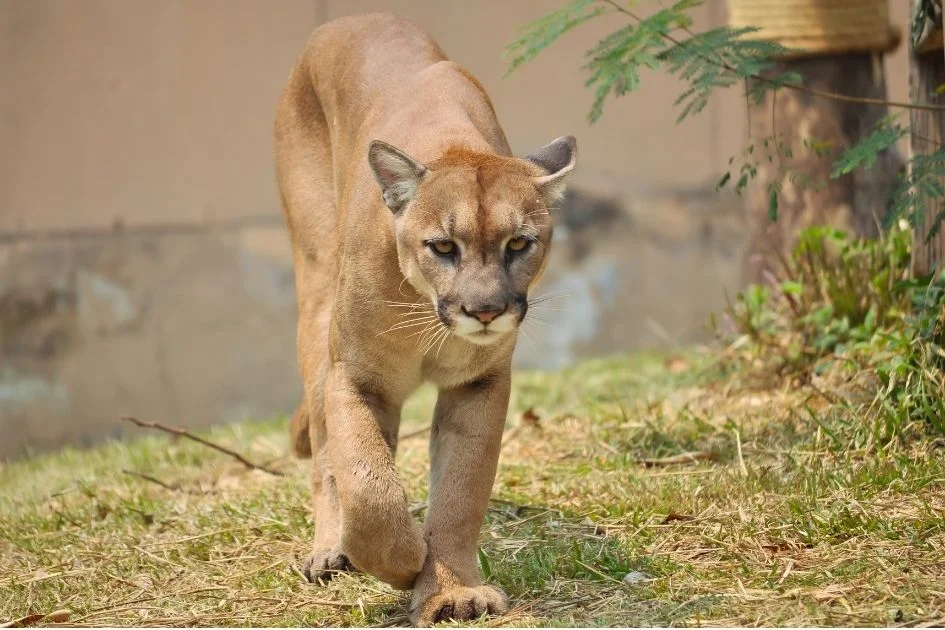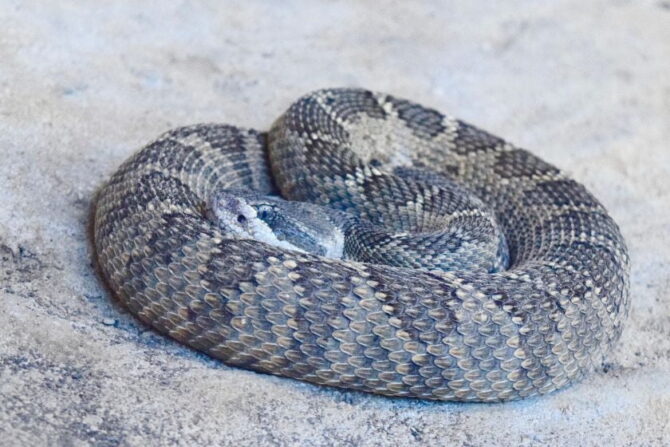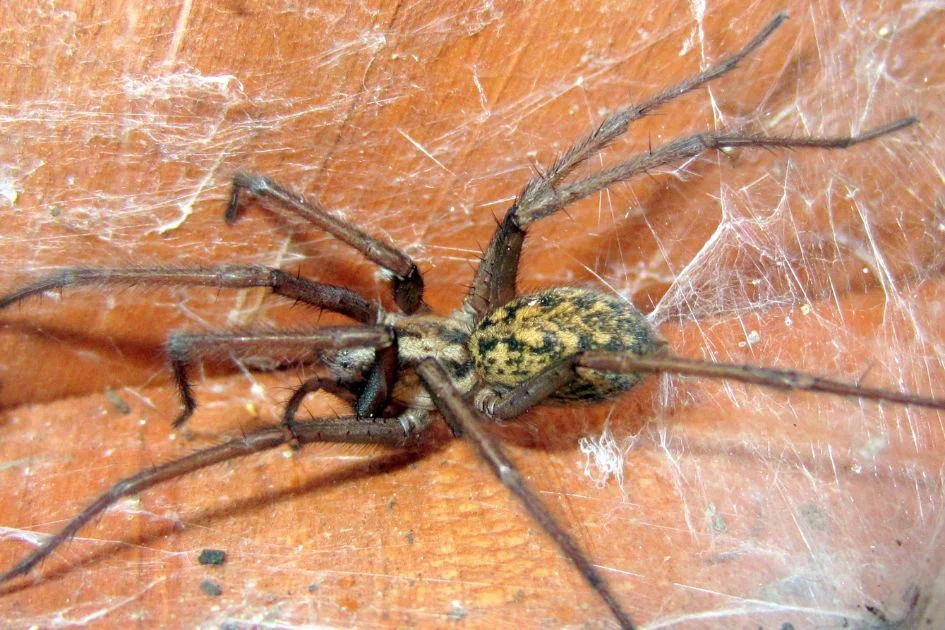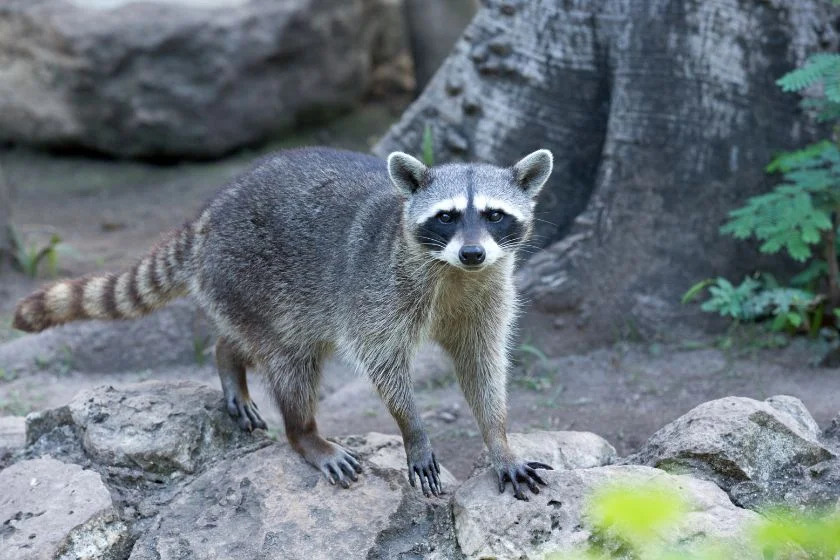Oregon’s tourism industry annually attracts millions of visitors from over 200 countries to witness the Beaver State’s mountainous regions, valleys, high elevation desert plateau, dense evergreen forests, and coastal redwood forests.
While these are beautiful locations to plan an adventure, finding ferocious animals in the state holds an unwavering view.
Some of the most dangerous animals in Oregon include bears, cougars, wolves, and snakes. Knowing where the danger lurks is crucial, whether you are an Oregonian or a tourer.
While the state of Oregon is home to some deadliest animals, you do not necessarily need an arsenal to stay safe.
It would help if you had adequate information about animals you need to stay clear of as you head out into the wild.
What are the Most Dangerous Animals in Oregon?
1. Black Bears

- Scientific name: Ursus americanus
- Classification: Mammal
- Habitat: Pacific Northwest’s forests and mountains
- Diet: Herbivore
- Conservation status: Least Concern
The Oregon Department of Fish and Wildlife (ODFW) estimates about 25,000 to 30,000 black bears in the state.
While you would hardly find a black bear in central or southeastern Oregon, you should screw your head on in other state regions.
Their size can be misleading, fooling you into believing they are too big to maneuver through the dense forests or steep mountains. However, black bears are agile, fast, incredible climbers, and fantastic swimmers.
Their name is a misnomer as black bears could be brown, blonde, or cinnamon, blending in well with their surroundings.
Black bears can generate up to 800 PSI of bite force and a swipe force reaching 560 pounds; thus, putting these figures into perspective, black bears are twice as strong as lions and five times stronger than humans.
Please treat them with great respect and try to avoid them as much as possible.
Nevertheless, these species of bears will avoid humans, especially if they are well informed of their coming.
2. Mountain Lion (Cougar, Panther, Puma)

- Scientific name: Puma concolor
- Classification: Mammal
- Habitat: Steep, rocky canyons, coastal forests, deserts, mountainous terrain
- Diet: Carnivore
- Conservation status: Least Concern
It is not surprising to find a mountain lion featured on our list of deadliest animals in Oregon.
Reports about cougar attacks across the United States, including one in Oregon in 2018, made the headlines, but statistics reveal that such occurrences are rare.
There have been fewer than twenty-five cougar fatalities in North America in the past century, with no record of an attack between 2008 and 2018.
About six thousand mountain lions live in Oregon, scattered across the blue mountains’ rocky canyons and in the southwestern cascades.
While a cougar does not prey on humans, it may attack if cornered, or a fleeing human stimulates its instinct to chase.
Such an occurrence could result in injuries or death as a cougar’s 400 PSI bite force can kill a human.
3. Western Rattlesnakes

- Scientific name: Crotalus atrox
- Classification: Reptile
- Habitat: Grassy plains, deserts, rocky hillsides, forests, coastline areas
- Diet: Carnivore
- Conservation status: Least concern
The western rattlesnake’s scientific name, Crotalus atrox, means “horrible rattle,” revealing how ferocious the species can be.
Western rattlesnakes are pit vipers that face habitat destruction and predation but fight back by striking for defense.
This snake species is reclusive and avoids humans despite being the only snake in Oregon that poses a threat to humans.
Expect the western rattlesnake to reach five feet even though it is no longer than two feet at birth. Most rattlesnakes conserve their venom, refusing to waste it on anything they can’t consume.
They replace their fangs between two and four times a year, with a high potential to be lethal.
Fortunately, death resulting from the western rattlesnake bites in Oregon is rare as they mostly dash ‘dry bites,’ injecting no venom in a bid to scare humans off.
Most venomous bites are dangerous but barely lethal. A western rattlesnake can eject between 250 and 350 milligrams on an average scale, with a maximum of 700 mg to 800 mg.
Nevertheless, we advise victims of this snake’s bites to seek medical attention as complications may occur if it is left for too long.
4. Spiders

- Scientific name: Araneae
- Classification: Arachnid
- Habitat: Trees, shrubs, underground tunnels, in wetlands, rainforests, woodlands, grasslands, and deserts
- Diet: Carnivore
- Conservation status: Not extinct
The black widow, yellow sac, and hobo spider are the three most dangerous spider species common in Oregon.
While these spiders are not usually deadly, except in severe cases resulting from poor health conditions and infections, it is still wise to avoid these arachnids.
You may suffer from muscle spasms, breathing difficulty, severe pain, necrosis, rotting of the flesh, nausea, headaches, sweating, nausea, or fever if these spiders bite you.
5. Wolves
- Scientific name: Canis lupus
- Classification: Mammal
- Habitat: Tundra, woodlands, forests, grasslands, deserts
- Diet: Carnivore
- Conservation status: Least concern
We knew wolves would feature but probably doubted their existence in Oregon.
According to the Oregon Department of Fish and Wildlife, about 175 wolves in twenty-two packs lived in Oregon in 2021.
Incidents involving wolves are exceedingly rare, and there are no reported wolf attacks on humans in Oregon or its neighboring states.
Nevertheless, we cannot sweep the potential threats of these wild dog species under the carpet.
Wolves are menacing, measuring over five feet in length and reaching two feet, seven inches in height, with powerful jaws and teeth and powerful bodies.
They travel in packs but tend to fear and avoid humans. Therefore, make a lot of noise when you venture into the woods to inform these wild canines of your presence.
Create an intimidating presence and make a lot of noise if you encounter a wolf in the wild. You may also back away slowly, but avoid turning your back on the wolf.
6. Deer

- Scientific names: Cervidae
- Classification: Mammal
- Habitat: Rain forests, wetlands, grasslands, deciduous forests, arid shrublands, and mountains
- Diet: Herbivore
- Conservation status: Not extinct
Who would have thought that some innocent-looking herbivores would feature in a list of the ‘most dangerous animals?’ It is what it is; deer and elk annually cause over 7,000 road accidents in Oregon.
Deer–vehicle collisions lead to about two hundred human deaths and $1.1 billion in property damage yearly.
Moreover, direct contact with deer or elk can be ghastly despite these animals eating, trampling, and defecating on landscaping and gardens.
In the wild, bucks in rutting seasons engage in fights looking for does to breed with a surging urge to mate and reproduce.
While humans are not the target, getting caught up in a deer fight could lead to puncture wounds, bruising, other forms of injury, or even death from a deer’s deadly antlers.
Deers protect their fawns and could charge at you if you get too close.
Sadly, there have also been reports of hunters killed by the same deer they just wounded because injured animals can be very aggressive.
Like all wild animals on this list, deer are potentially dangerous to humans in confinement or when threatened. Therefore, it is best to watch these beasts from a distance.
7. Racoon

- Scientific name: Procyon lotor
- Classification: Mammal
- Habitat: Moist woodland areas
- Diet: Omnivore
- Conservation status: Least Concern
Many Oregonians often see the ring-tailed furry bandit with a burglar mask and top-level theft profile.
While raccoons often interact with humans, they are notorious for looting people’s garbage and being pests, thanks to their high adaptability and omnivorous diet that help them survive in urban or suburban areas.
Raccoons often raid bins, animal cages, and pet food bowls to sustain themselves and could get into your house using cat flaps.
Please try not to frighten them as they can charge at you, bite, scratch, or hiss if threatened.
Nevertheless, they would not hurt anyone even though they can be curious and come close to you.
Raccoons are guilty of transmitting rabies, Leptospirosis, and raccoon roundworms that can infect people and pets.
They also cause life and property destruction by chewing wirings and damaging walls, ceilings, and woodwork.
8. Wasps

- Scientific name: Vespula vulgaris
- Classification: Insect
- Habitat: meadows, orchards, woodlands,
- Diet: Herbivore
- Conservation status: Not extinct
Without a doubt, these three insects deserve their spots on our list.
Alongside bees and hornets, wasps kill between fifty and a hundred people yearly, and an average of sixty-two deaths between 2000 and 2017.
Wasps species like the yellow jackets and paper wasps are aggressive and do not hesitate to sting.
Their stings usually cause slight pain and inflammation, but an allergic reaction can be fatal.
9. Honey Bees

- Scientific name: Apis mellifera
- Classification: Insect
- Habitat: Gardens, orchards, meadows, woodlands
- Diet: Herbivore
- Conservation status: Not extinct
Oregon is home to four kinds of bees, including the leafcutting bees (genus: Megachile), honey bees (Apis mellifera), alkali bees (Nomia melanderi), and mason bees (genus: Osmia).
Honey bees can kill a human if they react to a sting due to a severe allergy. Such a life-threatening allergic reaction is known as anaphylaxis.
However, a honey bee sting will cause some redness or swelling that will subside after a few hours in most cases.
Unless you threaten their nest, you are unlikely to suffer a honey bee attack.
10. Hornets

- Scientific name: Vespa
- Classification: Insect
- Habitat: Parkland, gardens, woodlands
- Diet: Omnivore
- Conservation status: Not extinct
You would most likely be intrigued by the hornet’s gold and dark brown stripes.
However, these good-looking wasp subsets are among the world’s most dangerous stinging insects.
While it is most unlikely for a hornet to sting unprovoked, it can be harmful when one decides to do so because hornets are giant and release more venom per sting than any other stinging insect.
Nevertheless, a hornet’s venom is not very toxic to humans.
Oregon Wildlife Safety Tips
A successful escapade in Oregon’s dense evergreen forests and coastal redwood forests brings a lot of interaction with various wildlife.
Applying the following safety tips as you travel through The Beaver State would be best.
Watch wildlife from a safe distance
It would be wise never to follow or approach wild animals due to their unpredictability and defensive instincts.
These wild creatures may quickly feel concerned or threatened and, in their defense, harm people or themselves in an attempt to escape.
Never feed wild animals
Feeding wildlife is awful as diseases or parasites could spread at feeding sites. Their nutrition could be affected as well.
For example, a deer could suffer an acid imbalance in its stomach after consuming excessive corn.
Moreover, wild animals, regardless of their size, can inflict harm. Grand Canyon National Park reported that their food-seeking squirrels bite more people than other animals.
Do not go close to young animals that look abandoned
You may find a fawn on your backyard lawn; it would be best if you were not quick to assume it is abandoned.
Its mother could aggressively charge you in your honest attempt to rescue it as mothers are usually protective of their young.
Wrap Up
The picturesque sights and breathtaking adventures Oregon offers are worth the visit.
But it is necessary to be cautious about these deadliest and most dangerous animals in Oregon, despite the freedom of untamed nature and all its beauty.
Nonetheless, always remember that no adventure is worth risking your life.
You may also visit the ODFW webpage on living with wildlife to know where you can find wildlife.






